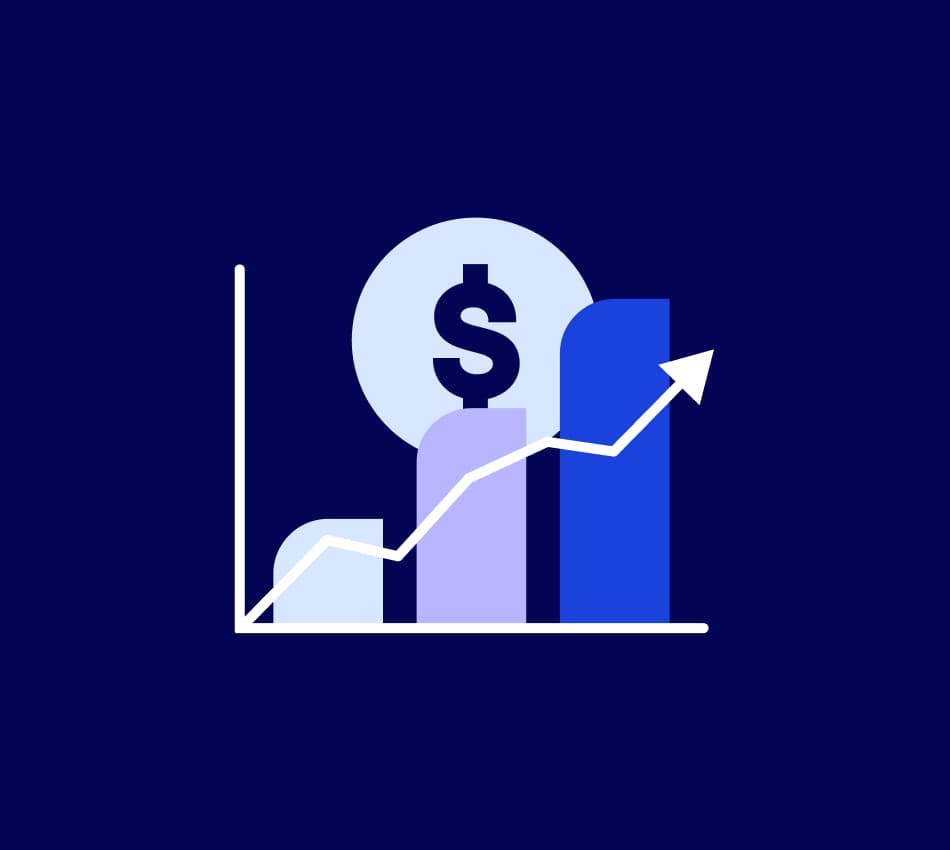Cutting-edge banking technology and fintech trends in digital banking are changing how consumers and business owners interact with financial institutions. As the banking industry shifts, knowing what comes next is important.
What you need to know
- What to expect next in digital banking
- The role of AI and machine learning in the financial sector
- The expansion of open banking ecosystems
Digital transformation
The 2020 pandemic contributed to the digital transformation in banking, but the disruption had already begun. Technological advancements in finance helped traditional banks develop online solutions and mobile apps years ago. Think of a digital banking platform as a virtual spinoff of that, without the physical location connected to it.
According to the Federal Deposit Insurance Corporation (FDIC), the number of brick-and-mortar bank branch offices in the United States declined from 96,339 to 77,796 between 2013 and 2023—that’s a loss of nearly 20%. Meanwhile, just short of 300 digital banks were founded during that same period. In 2024 and beyond, expect the pace of that growth to accelerate.
Artificial intelligence (AI) and machine learning
Digital banking platforms are an improvement on the online experiences that traditional banks are already offering. Next-generation banking with artificial intelligence could take that improvement even further. Implementing AI into customer service, fraud detection, and risk management are just a few potential applications of the technology that banks have adopted.
Other parts of the financial industry, like stock investing, have already shown the potential for AI. Most trading on Wall Street is done algorithmically. Because of this, robo-advisors have been using AI since 2008. Financial advisors have also employed it to interact with prospects, and many stock trading fintech apps use machine learning to predict client behavior.
Banking uses bits and bytes to do simple mathematics in your personal or business checking accounts. More complex banking—like fixed-income investing in CDs and bonds—could all be improved by letting artificial intelligence do the math.
Open banking initiatives
Salesforce released the first modern application programming interface (API) in 2000. API coding was first developed in the 1940s, but this was the first time it was made available in a way easily consumable by people without a degree in data science. Today, APIs make it possible to have an open banking ecosystem.
One of the simplest examples of an open banking ecosystem is the connection between your bank account and your QuickBooks or TurboTax account. The transfer of data between those applications is done via API. QuickBooks data updates automatically as you make bank transactions. TurboTax will pull data only when you request it.
Banking platforms can also use APIs to gather information about you or your business. For example, if you apply for a business loan, they can pull your credit report almost instantly from the major credit reporting agencies. It’s one of the modern banking practices that can be combined with AI analysis tools to streamline credit card and loan approvals.
Sustainable finance and ESG integration
ESG investing assumes companies that focus on a clean environment, social consciousness, and fair labor practices will be in business longer than those that don’t. Getting enough companies to do this could prolong the life of our planet—and by extension, the people and companies on it. Modern banking technology can help us see which companies are good ESG investments, as well as help banks adopt more ESG-friendly practices.
The future of banking, and the rest of the world, could see an uptick in ESG practices. You can do your part as an individual by using virtual credit cards instead of plastic cards that end up in landfills. As a business owner, you can work to make your business more sustainable by reducing your carbon footprint.
Expansion of contactless payments
The EMV chips we see in credit cards today were developed in Europe in the 1990s to reduce the rising costs of credit card authorization. They provide another level of security to credit card users by encrypting transaction data, unlike magnetic strips.
Contactless payment is the newest development in credit card security. Chips and magnetic strips contact the card reader to transfer transaction data. Contactless cards don’t, which eliminates the possibility of card skimmers stealing your data. Most new cards issued by major credit card providers have tap technology embedded in them.
Mobile wallet apps like Apple Pay and Google Pay also have tap technology, making it easier and more ESG-friendly to use your credit cards whenever you’re out and about. Apple even offers the feature on the Apple Watch. Double-click the side button, scroll to choose a card, and hold the watch a few centimeters from the reader—it’s that simple.
Shift towards cashless economies
Decreased cash usage and increased digital payment methods are moving us steadily closer to a cashless economy. Younger people are more likely to use Venmo or Cash App to exchange money with each other, while older generations use services like PayPal. Today, there are hundreds of payment apps and digital wallets.
A cashless economy could also be a multi-currency economy—which could include crypto. This is a trend to pay close attention to. As the SEC in the United States and other governing bodies worldwide develop regulations around cryptocurrencies, consumers and investors continue to embrace it.
There’s much to look forward to in the banking industry for the next few years. The transition to digital banks could give us more options without leaving our houses, while AI, machine learning, and APIs are making business banking more efficient.
Adapting to and embracing these changes can improve our quality of life. The more you leverage small business trends for growth and success, the more prepared your business will be for the future.
Explore the all-in-one, digital-first business banking platform.
